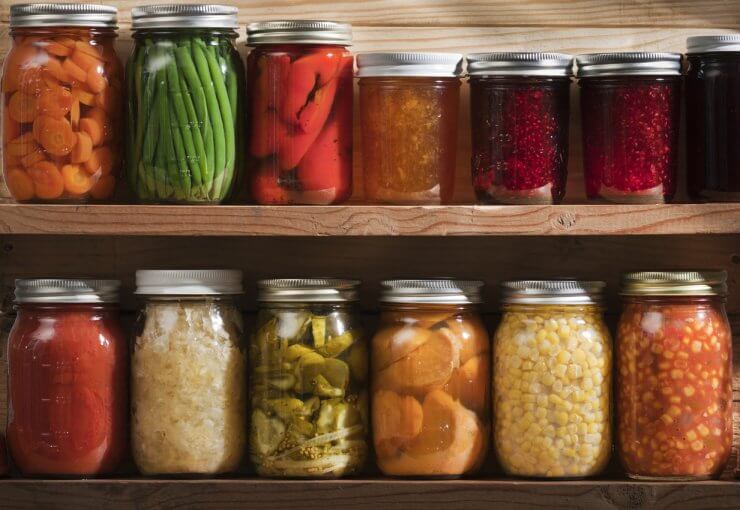
When trying something new or revisiting an old hobby, we oftentimes turn to the all-knowing internet for guidance. But sometimes the internet is a little overwhelming. This is true in the niche world of food preservation, especially if you’ve ever looked up pressure canning safety. Everyone has a blog, or message board post, or public comment about the best way to use a pressure canner or other canning methods. And if you stick around long enough, debates will break out about safety. Grab the popcorn, because the comments can get juicy!
For some, this is enough internet drama to turn your back on canning altogether. But I urge you to hang in there! Pressure canning is one of the safest methods of food preservation if you do it correctly. And why shouldn’t you enjoy the fruits of your garden labor well after harvest season? That’s why I’ve put together ten pressure canning safety rules using trusted sources and official guidelines from the USDA and National Center for Home Food Preservation.
Discover 7 top tips for growing, harvesting, and enjoying tomatoes from your home garden—when you access the FREE guide The Best Way to Grow Tomatoes, right now!

1. Do your homework and follow the experts
The best way to ensure pressure canning safety is to do your research. We walk around all day with mini-computers in our pockets (smartphones), and can easily search for information at a moment’s notice. So if you’re just learning about food preservation methods or have been canning for decades, it’s a good idea to make sure you are following best practices. Here are the trusted sources and experts in food safety:
National Center for Home Food Preservation
Ball Blue Book Guide to Preserving
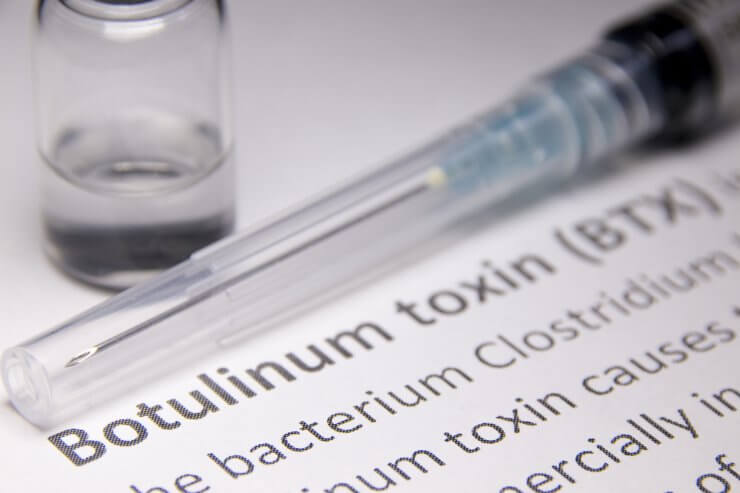
2. Know the risks
Warning: I’m going to use the B-word. But please keep reading. It’s not all doom and gloom, I promise!
Botulism. There I said it. Botulism is one of the biggest risks in food preservation, particularly canning. Food-borne botulism is a serious illness contracted by eating contaminated foods. Botulism can cause paralysis and even death and is so hard to detect because it’s odorless and invisible to the naked eye.
The botulism bacteria is clostridium botulinum. Believe it or not, these bacteria spores can be found all over the place: in meats and vegetables and even in our garden soil. For the most part, it’s not a problem because the spores don’t have the right conditions to grow. For botulism spores to grow and become toxic they need a damp and oxygen-free environment. In its simplest terms, canning is putting wet foods in jars and sealing out oxygen. It’s a no-brainer that botulism thrives in these environments.
There are multiple ways to prevent the risk of botulism by practicing pressure canning safety, but it’s important to know the “why” behind the safety measures.
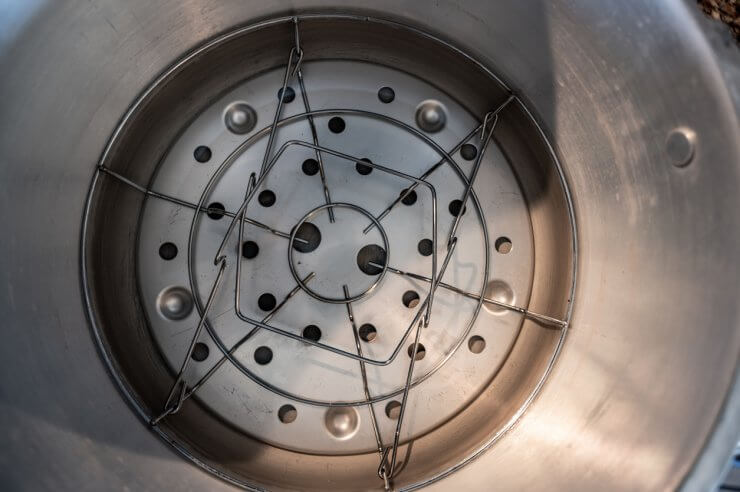
3. Use the right equipment
Not all canning equipment is created equal. Different pressure canners have different instructions and accessories. What works for your neighbor’s pressure canner could be different than the equipment in your kitchen. To ensure pressure canning safety, take time to familiarize yourself with the instructions that came with your canner and use the recommended jars, lids, and rings associated with your canner.
Many canners and food safety experts agree that devices like the Instant Pot simply don’t reach a temperature high enough to properly can many foods safely and only stovetop pressure canners should be used.
Discover 7 top tips for growing, harvesting, and enjoying tomatoes from your home garden—when you access the FREE guide The Best Way to Grow Tomatoes, right now!
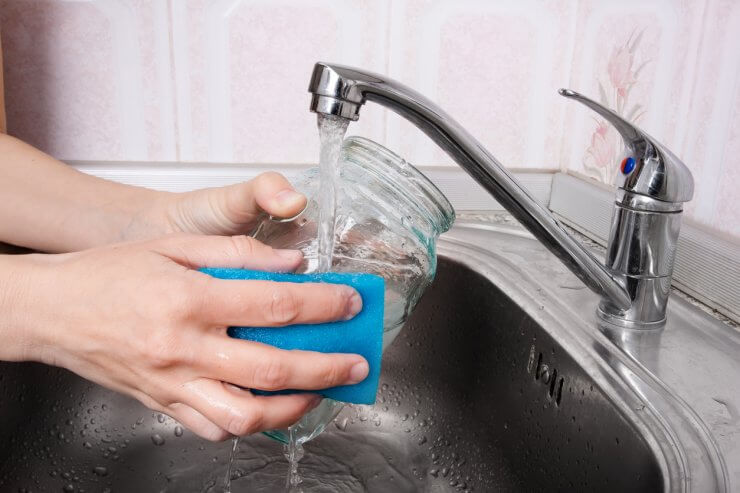
4. Wash your jars and equipment
If you’re using another canning style, like the water bath method, you’ll need to properly sterilize all of your canning jars, lids, rings, and equipment before canning. However, with a pressure canning system, sterilization is not needed, since the equipment sterilizes while it’s canning with pressure and temperature. That doesn’t mean you don’t need to make sure your equipment and jars are clean. Dirty or dusty equipment can affect the seal quality of your jars so it’s important to start with clean equipment.
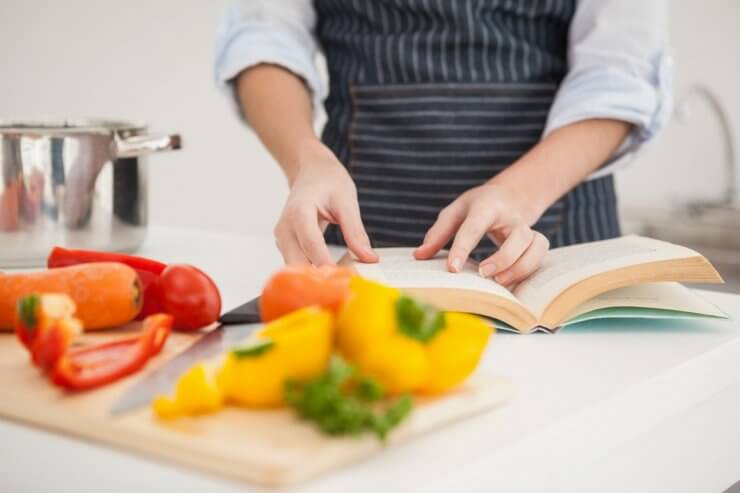
5. Follow a recipe and don’t improvise
This one is tough for me because I love to invent new recipes and try new combinations in the kitchen. But for pressure canning safety, it’s vital to follow your canning recipes to the letter. An added ingredient or an adjusted time can make the difference between a safely preserved vegetable or meal and contaminated food. Use trusted sources for your recipes including the ones mentioned above unless you know what you’re doing.
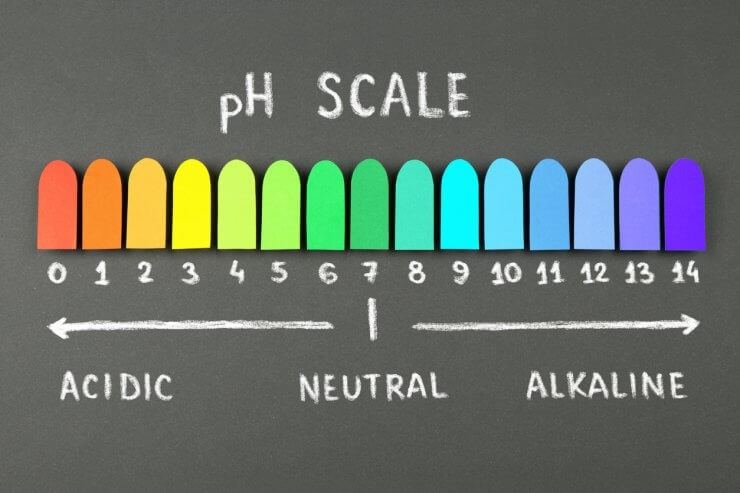
6. Understand acidity
Acidity plays a major role in canning for food preservation since it dictates what type of canning method you use. It’s important to know about the pH levels in the types of vegetables, fruits, and meats. Acidity is a major factor in food preservation safety.
Low acid foods like meats need to be pressure-canned to kill microorganisms and prevent botulism. Lower acid fruits like apples should also be pressure canned if you’re not adding additional acidity like vinegar, lemon juice, or citric acid. Even canning recipes for tomatoes, with slightly higher acidity, call for lemon juice or citric acid, to ensure safety. Following your recipe precisely will help guide you on what types of acidic additives might be needed in your recipe.
Discover 7 top tips for growing, harvesting, and enjoying tomatoes from your home garden—when you access the FREE guide The Best Way to Grow Tomatoes, right now!
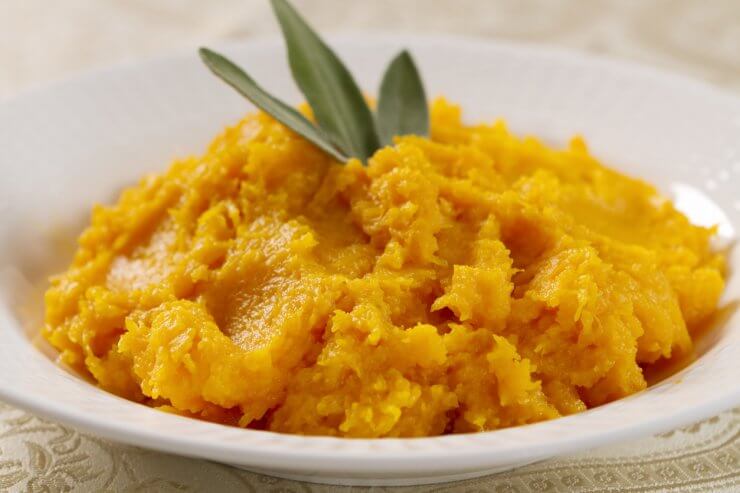
7. Learn the “Never Can” list
To follow pressure canning safety measures, avoid canning the following:
Dairy – Despite what you may read on your cousin’s neighbor’s blog, there’s no scientific data supporting the safe canning of dairy products. Plus, the fat content in dairy products protects botulism spores. So, no!
Thick purees – The idea behind canning purees seems innocent enough but it’s the collective thickness that’s the problem. Because purees are thick, there’s a risk of not heating the mixture up to the correct temperatures. Instead of canning purees, like pumpkin or squash, can chunks of the fruit or vegetable instead. I also love the freezing method for butternut squash.
Flour/arrowroot/cornstarch – Adding flour or cornstarch to canned fruits or vegetables should only be done if it is a proven and trusted recipe. The danger in adding flour, arrowroot, or cornstarch to your canned foods is that it could thicken up the mixture to the point where heat and pressure cannot penetrate, like purees. If you do need a thickening agent, stick with Clear Jel, a canning-safe cornstarch designed for pressure canning and water bath methods.
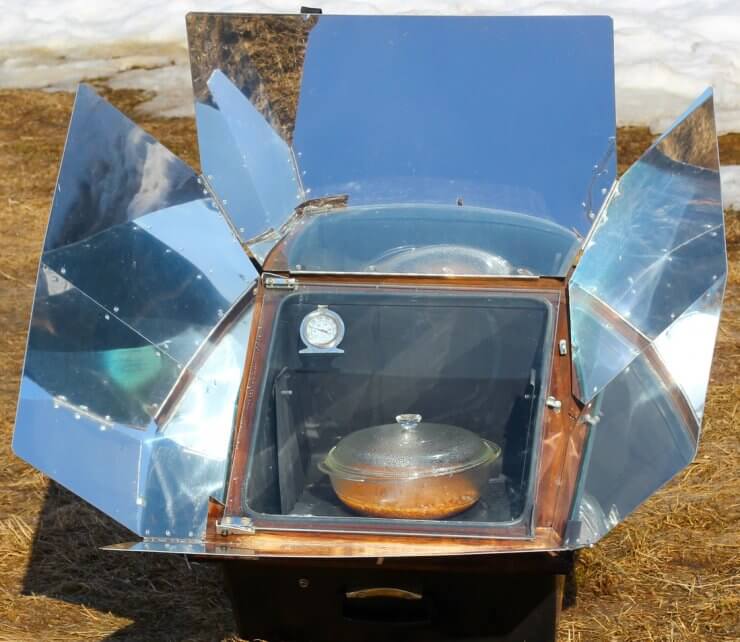
8. Avoid unconventional methods
We’ve already assessed that the internet is a hotbed of wild ideas. So when you read that blog post about canning jars in your oven, using solar ovens, microwaves, and open kettles, take a pause and remember what you’ve learned in your research. You may even read about off-brand methods, hacks, and shortcuts for using your pressure canner. But the key to pressure canning safety is to stay alert and follow the instructions.

9. Check your seals
Once you’ve pressure-canned your fruits and vegetables, practice good jar hygiene. Take the metal rings off all of your jars before storing them. Check to make sure each of your jars is properly sealed and that there is no dripping or leakage. If you can avoid it, don’t stack your jars one on top of the other. Jars can break under pressure, and if a jar is faulty and has a leak, there’s a danger of it re-sealing if another jar is on top. When that happens, you won’t know that there was a problem and may risk exposure to contaminated food.

10. Do periodic jar checks
Every so often, take a look at your jars and check to make sure the seals are still intact. This is a good time to look for anything abnormal like mold, leaks, and odors. When you open your pressure canned jars, if liquid or foam spits out, that can be a sign of contamination. When in doubt, throw it out.
Discover 7 top tips for growing, harvesting, and enjoying tomatoes from your home garden—when you access the FREE guide The Best Way to Grow Tomatoes, right now!
What else would you add to this list? What are your pressure canning safety tricks?





Glad to see this article. I’ve canned for decades, having learned by working along side my parents. So I’ve gone from the ‘water bath everything” to the modern era, learning a lot about food safety along the way. Mom and Dad were of the “pitch it if you even think something is wrong” mindset when it came to canned goods; they’ve even thrown out commercially canned food that didn’t look or smell right. Frankly, that’s best attitude to have.
As far as the prevalent “they don’t pressure can food in Europe and don’t have problems” belief goes, I call bullsh*t. Most cases of foodborne illness involving home canned meat or produce don’t get reported. One exception was a French housewife who used water bath canned green beans from her garden that killed her whole family (three generations), including herself. Sadly, pressure canning is not widely practiced in Europe because pressure canners are not available most places and are extremely expensive when you can find them. As for the Amish not using pressure canners, they do. I’ve met quite a few Amish and Mennonite women getting their pressure canners checked at various CoOperative Extension offices.
Excellent recap of most important safety tips.
The photograph above of the very large stash of canned items on shelves shows the re-use of jars and lids never intended for canning. This is contrary to advice given here about safe pressure canning.
instead of the water bath canning, I’ve been using the vacuum food sealer with the lid adaptor after I’ve poured the hot brine over my cucumbers and I can hear the lid “pop” when it seals. why don’t I see the method on the internet?
You can get your pressure gauge calibration and accuracy checked at County Extension offices. I took a class where they discussed pressure canning issues pre-pandemic, and they recommended checking your equipment every year before harvest and canning starts.
How long is canned food good for? Ball jars have say up to 18 months on the new boxes sold in Walmart. I thought they were good for years or until the seal broke.
I just had this happen with bands. I thoroughly cleaned the processed jars and lids, but when I took off the bands there was a lot of residue in the little grooves. Great place for bacteria.
This may be the result of too high temperatures in the canning process. The food is boiling out. Try to maintain correct temperature in your canner.
I am looking for a marinara sauce with tomatoes, onion, garlic, carrots, green & red peppers and celery which is safe to pressure can. Is there one?
What is the purpose of removing the bands from your jars after canning?
This is a great question. So the bands have a tendency to rust and also trap food, so for food safety reasons it’s recommended to be removed.
If you leave the rings on and the jar comes unsealed, you may never know that the jar failed, as sometimes they can reseal.